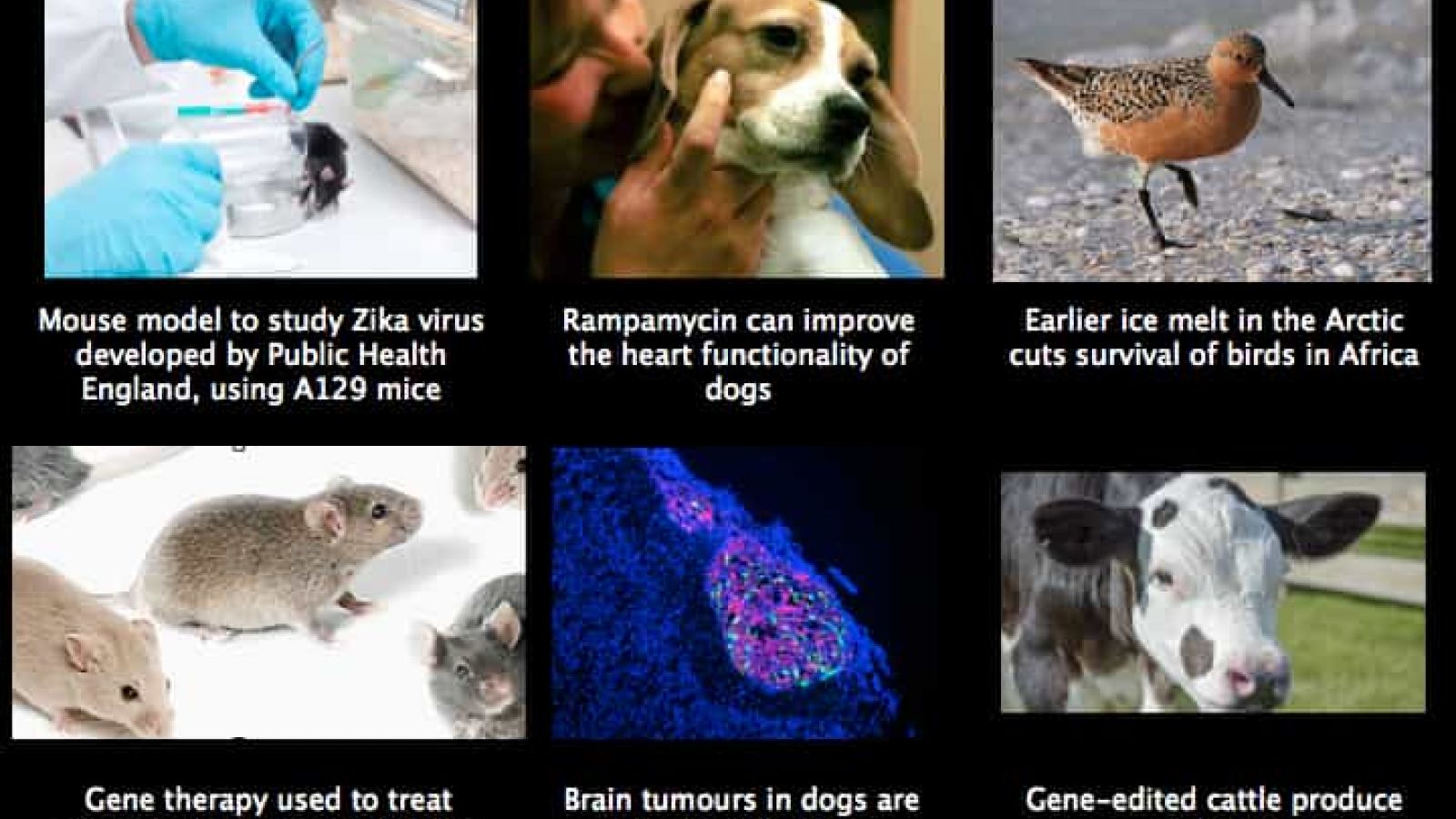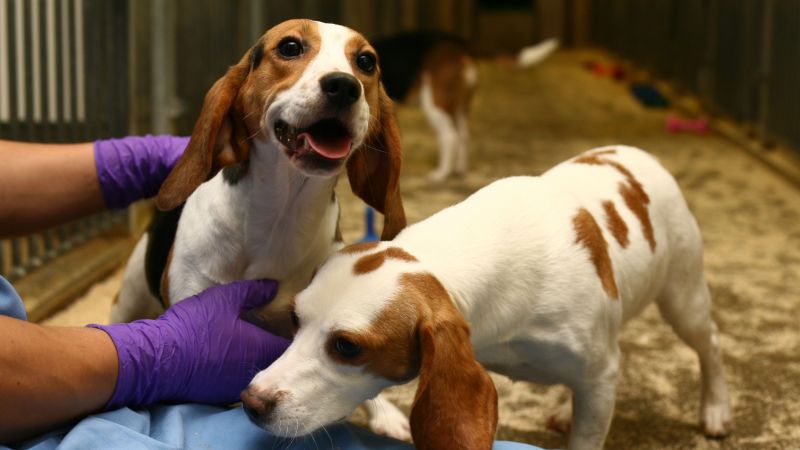 Gene-edited cattle produce no horns
Gene-edited cattle produce no horns
Nearly 80% of U.S. dairy cows have their horns removed each year to protect their handlers and fellow cattle. But the practice, which is both painful and expensive, has come under increasing scrutiny from animal rights activists. Now, science may be coming to the rescue: A group of researchers announced last week that they successfully edited the genomes of dairy cows to make them hornless.
http://www.sciencemag.org/news/2016/05/gene-edited-cattle-produce-no-horns
Earlier ice melt in the Arctic cuts survival of birds in Africa
A migratory bird has shrunk in stature as temperatures warm at its Arctic breeding ground, according to research.
As a consequence of climate change, the red knot may have a lower survival chance on a different continent, say scientists.
The shore bird breeds in the Arctic in the summer and flies to tropical habitats in winter.
Scientists believe shrinkage in body size is a response to climate change in different animals.
The latest research, published in the journal, Science, looked at the red knot (Calidris canutus).
http://www.bbc.co.uk/news/science-environment-36266692
https://www.newscientist.com/article/2087982-earlier-ice-melt-in-the-arctic-cuts-survival-of-birds-in-africa/
Dogs provide information about brain tumour development in humans
Brain tumours in dogs are strikingly similar to their human tumour counterparts. In a recent study in the journal PLOS Genetics, researchers at Uppsala University and Swedish University of Agricultural Sciences have used genetic analyses in different dog breeds to identify genes that could have a role in the development of brain tumours in both dogs and human.
Truvé et al. (2016) Utilizing the Dog Genome in the Search for Novel Candidate Genes Involved in Glioma Development - Genome Wide Association Mapping Followed by Targeted Massive Parallel Sequencing Identifies a Strongly Associated Locus, PLOS Genetics; May 15, 2016
http://www.bbc.co.uk/news/health-36278463
Intraocular Therapy Prevents or Reverses Diabetic Retinopathy in Mice
Pathologic changes of the retina caused by diabetes is the leading cause of blindness in working adults. Diabetic retinopathy has no known cure, treatment options are inadequate, and prevention strategies offer limited protection. In the first of its kind, a report in The American Journal of Pathology describes a potential new intraocular treatment based on manipulating the renin angiotensin system (RAS) that both prevents and reverses some characteristics of diabetic retinopathy in a mouse model.
The American Journal of Pathology, Volume 186, Issue 6 “Adenoassociated Virus Overexpression of Angiotensin Converting Enzyme-2 Reverses Diabetic Retinopathy in Type 1 Diabetes in Mice,” by James M. Dominguez II, Ping Hu, Sergio Caballero, Leni Moldovan, Amrisha Verma, Gavin Y. Oudit, Qiuhong Li, and Maria B. Grant
http://dx.doi.org/10.1016/j.ajpath.2016.01.023
A mouse model to study Zika virus has been developed by researchers from Public Health England, using A129 mice. The mice were injected with a dose of Zika similar to the dose known to be transmitted via mosquito bites. The mice developed the disease which accumulated in many organs, including the brain. Normal mice are resistant to infection with Zika virus via the skin therefore researchers have turned to mice with mutations in certain immune system genes to test whether they are suitable animal models for the disease.
The researchers conclude that the study "provides details on a suitable small animal model for the testing of future interventions against Zika virus that can accelerate the testing of novel interventions against this pathogen declared as public health emergency of international concern".
Original paper: http://journals.plos.org/plosntds/article…
Scientists at the University of Washington have found a drug, rampamycin, can improve the heart functionality of dogs. In mice it has been found to extend their lives by 13%. It is currently unknown what the effects on human life expectancy would be. "Rapamycin is already used in transplant patients to prevent organ rejection and several years ago, and scientists in the journal Neuroscience said it can improve learning and help treat cognitive decline."
http://www.dailymail.co.uk/…/Could-miracle-drug-extend-life…
A pioneering gene therapy to treat adrenoleukodystrophy (ALD) has been effective in 16 of 17 boys. ALD is a fatal genetic condition which affects boys and usually results in death by the age of 12. Not mentioned in the story is the use of NOD/SCID mouse models to develop a way of using a modified HIV virus as a vector to insert the corrected gene into the DNA.
"The scientists removed blood cells from 17 boys with cerebral ALD ranging from age 4 to 13 and treated the cells with a modified HIV virus carrying the gene for the ALD protein. They then reinfused the cells back into patients. Within 6 months, 16 patients stabilized."
http://www.sciencemag.org/…/gene-therapy-halts-rare-brain-d…
Last edited: 9 March 2022 12:57




